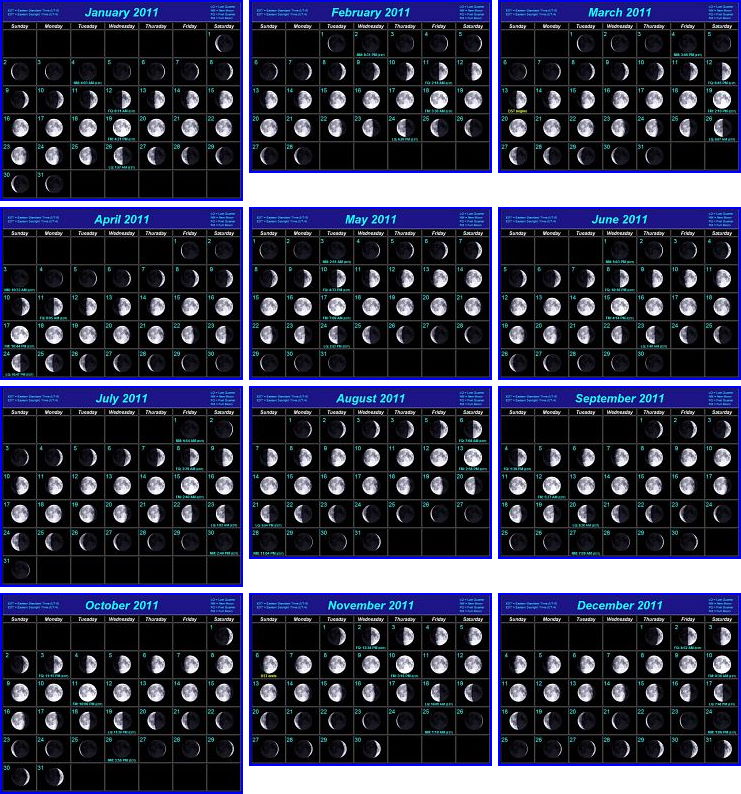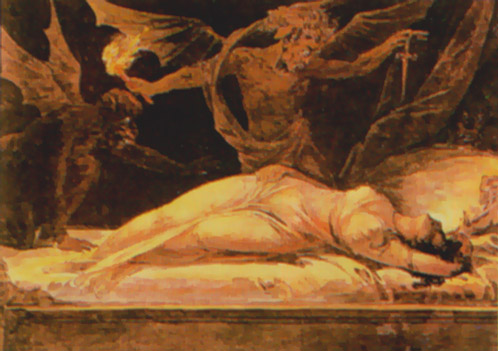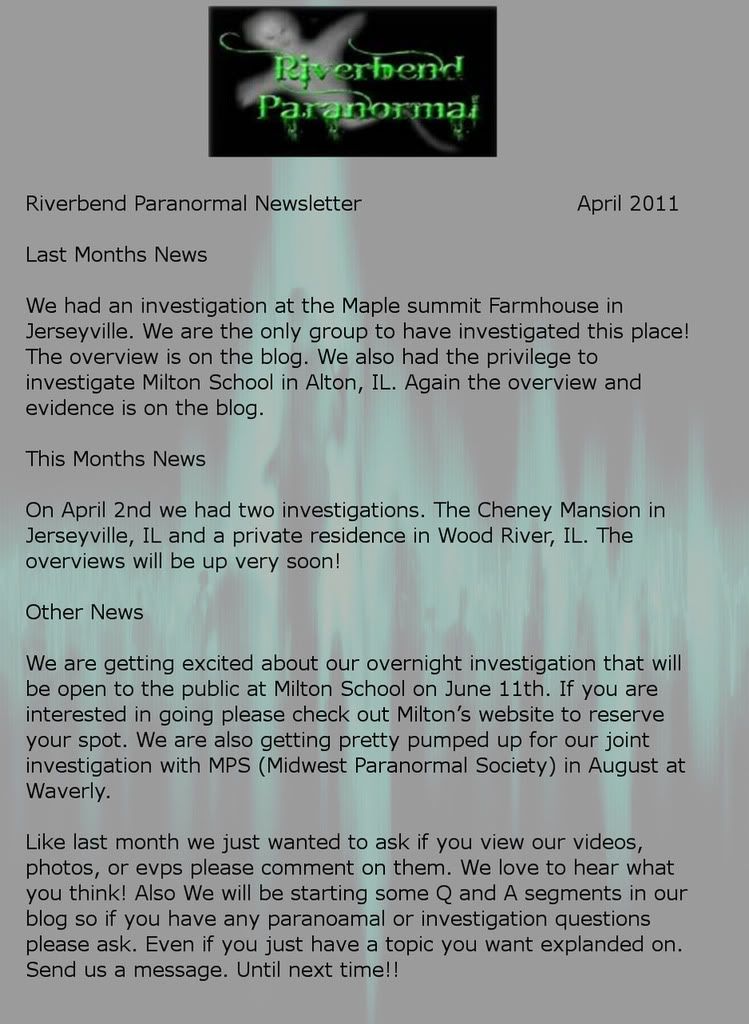Orbs are believed (by many) to be ghosts in the form of balls of light. They are life forms that travel in groups and are believed to be the human soul or life force of those that once inhabited a physical body here on earth. Psychics claim to talk to them on a regular basis, and ghost hunters encounter them quite frequently. It is theorized that ghosts prefer the form of an Orb (ball of light) because it takes less energy thus being the mode of choice among the ghosts. The consensus is that small orbs take up the least amount of energy and apparitions and other fuller shapes take up the most. In the colder parts of the year, it seems that ghosts tend to find it easier to take on shapes other than orbs. That's when there is the most static electricity in the atmosphere. Those months being October through February. It is also believed that they are able to draw on our own energy when needed.
Orbs in pictures can be a huge discrepancy. As a generally accepted rule there are three questions an investigator can use to determine if an orb is genuine or if it is some sort of airborne particulate matter. These are:
~Is the orb in question perfectly circular? By definition an orb is a circular or sphere shaped object. If an orb in question is elliptical, oval, diamond shaped, etc. it is not a true orb.
~Is the orb three dimensional? Does it stand out from its surroundings and / or have depth in the photograph? If not it is probably airborne particulate matter or something on the camera lens.
~Is the orb self luminous - does it emit its own light?
Many “orbs” in paranormal investigators photos would be fortunate if they could be confirmed for at least one of the above traits. If an “orb” does not positively affirm all three traits it is not a true orb.
Classes of Orbs
HDO – High Density Orbs are the least common of the two types of orbs. Generally, these orbs are the only anomaly in a photo, are opaque (solid) in appearance and glow brightly from within. These orbs are usually of magnitudes two (2) and three (3).
LDO – Low Density Orbs are the more common of the two types of orbs and are generally what is thought of when the subject of orbs is mentioned as these can very closely resemble airborne particulate matter. The primary difference between these orbs and airborne matter is that, although they are translucent, they are light emissive. This type of orb is of a magnitude zero (0) or one (1).Orb Magnitude
The most common “orb” photos are merely refractions of light on the camera lens. This occurs when the camera flash bounces back from something reflective in the range of the camera. When this happens, it creates a perfectly round ball of light that appears to be within the parameters of the photo but is actually just an image on the lens itself.Orbs don’t have to have a camera flash to be created. They can also be caused by bright lights in an area where the photo is being taken, by angles of light and by many types of artificial lighting. But are lights and camera flashes the only thing that can cause “orbs” to appear? Far from it! Other objects that end up in front of the camera lens and are mistaken for paranormal images are dust, moisture, pollen, insects, snow, rain, hair, ash and scores of other semi-microscopic particles
Dust is the bane of the paranormal investigator. There have been many controversies over whether an “anomaly” in a photo is a real orb or just dust or some form of airborne particulate matter. This has become especially true with the advent and wide spread availability of the high megapixel digital cameras on the consumer market. It should be known that orbs are without question the most common, and most commonly mistaken, photographic phenomenon that paranormal investigators find. This is partially due in part to the high resolution of digital cameras. With the higher mega pixel ratings on cameras there is a much greater tendency to unintentionally capture dust or other airborne particulate matter such as pollen in a photograph. As convincing as these dust particles may look we can not call every semi-circular shape that is found in a photograph an orb. True orbs, by natural law of organic geometry, are the most common and simply formed of all manifested paranormal anomalies. Because of this simplicity in form there is a great deal of controversy surrounding photos with orbs in them. Orbs are the most hotly debated and most precarious little slice of life at this point in the history of paranormal investigation and although dust, water droplets, snow, pollen, water vapor, mold spores and other such material can mimic the way orbs look physically there important differences that must be carefully examined and identified before an anomaly can truly be called an orb.
HDO – High Density Orbs are the least common of the two types of orbs. Generally, these orbs are the only anomaly in a photo, are opaque (solid) in appearance and glow brightly from within. These orbs are usually of magnitudes two (2) and three (3).
LDO – Low Density Orbs are the more common of the two types of orbs and are generally what is thought of when the subject of orbs is mentioned as these can very closely resemble airborne particulate matter. The primary difference between these orbs and airborne matter is that, although they are translucent, they are light emissive. This type of orb is of a magnitude zero (0) or one (1).Orb Magnitude
Much like stars in the night sky, orbs can be measured by their magnitude (brightness) in a photo. Although this is really only a theoretical system for classifying photographic data for investigation purposes I believe that it will prove useful for those serious enough to explore it.
The basic idea behind orb magnitude is that investigators can now classify orbs so that they may be understood in relation to events such as solar flares, geomagnetic storms, etc. so that a pattern of activity may be established. Orbs rated by magnitude will follow an ascending scale from zero (0) least bright to three (3) most bright.
The most common “orb” photos are merely refractions of light on the camera lens. This occurs when the camera flash bounces back from something reflective in the range of the camera. When this happens, it creates a perfectly round ball of light that appears to be within the parameters of the photo but is actually just an image on the lens itself.Orbs don’t have to have a camera flash to be created. They can also be caused by bright lights in an area where the photo is being taken, by angles of light and by many types of artificial lighting. But are lights and camera flashes the only thing that can cause “orbs” to appear? Far from it! Other objects that end up in front of the camera lens and are mistaken for paranormal images are dust, moisture, pollen, insects, snow, rain, hair, ash and scores of other semi-microscopic particles
Dust is the bane of the paranormal investigator. There have been many controversies over whether an “anomaly” in a photo is a real orb or just dust or some form of airborne particulate matter. This has become especially true with the advent and wide spread availability of the high megapixel digital cameras on the consumer market. It should be known that orbs are without question the most common, and most commonly mistaken, photographic phenomenon that paranormal investigators find. This is partially due in part to the high resolution of digital cameras. With the higher mega pixel ratings on cameras there is a much greater tendency to unintentionally capture dust or other airborne particulate matter such as pollen in a photograph. As convincing as these dust particles may look we can not call every semi-circular shape that is found in a photograph an orb. True orbs, by natural law of organic geometry, are the most common and simply formed of all manifested paranormal anomalies. Because of this simplicity in form there is a great deal of controversy surrounding photos with orbs in them. Orbs are the most hotly debated and most precarious little slice of life at this point in the history of paranormal investigation and although dust, water droplets, snow, pollen, water vapor, mold spores and other such material can mimic the way orbs look physically there important differences that must be carefully examined and identified before an anomaly can truly be called an orb.















